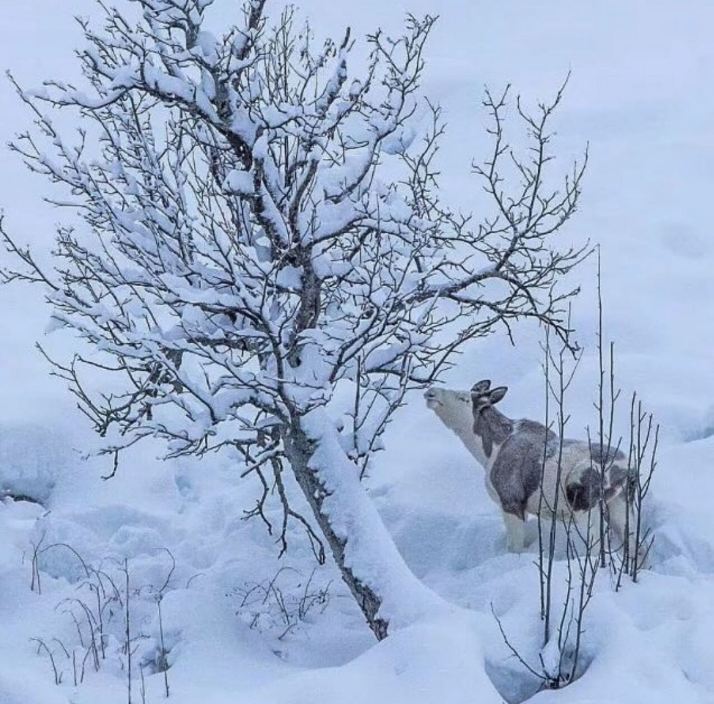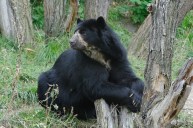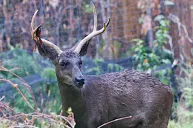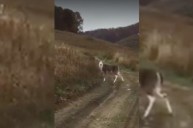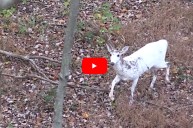Piebaldism occurs in many domesticated and wild animals, including deer, horses, cattle, dogs, cats, and birds, according to PetScribe.
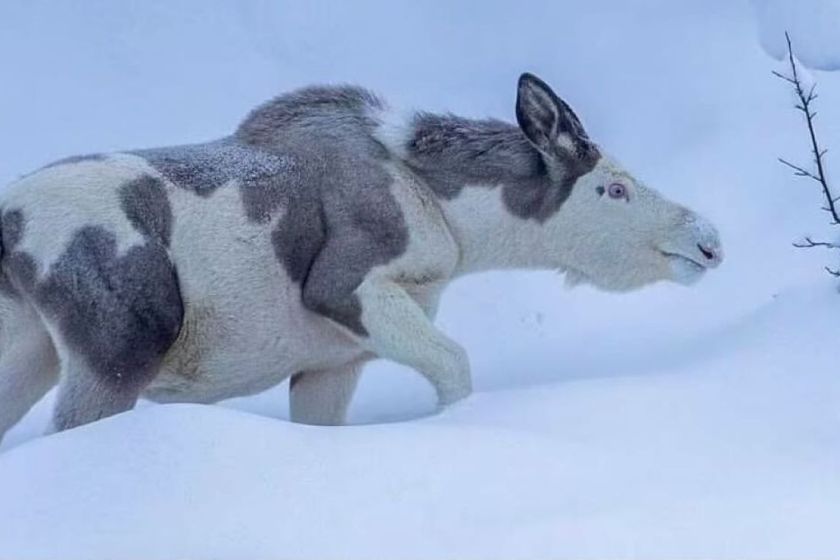
Piebaldism is a genetic abnormality related to albinism and leucism, which are caused by a recessive genetic trait that affects the pigment in a deer's hair. Both parents must carry the recessive gene for these abnormalities to occur.
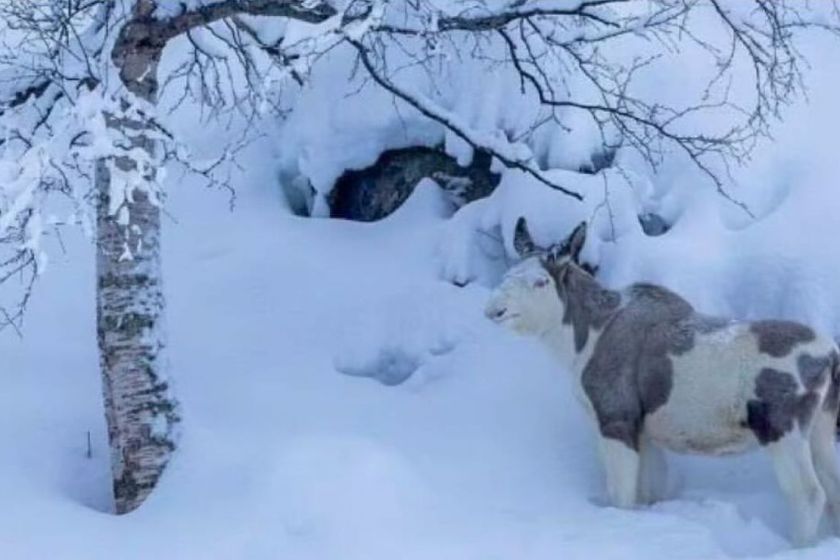
Piebald deer are easy to identify and, because of that, are easily picked off by predators. Piebalds often have deformities such as short legs, distorted jaws, spinal problems, misshapen antlers, or more.
Piebaldism occurs in less than 2 percent of the whitetail population, according to World Deer. The abnormality shows up in every state where deer roam and can vary widely depending on the region and local deer population. Piebald moose are even rarer and account for less than 1 percent of the population, according to A-Z Animals.
According to the Merriam-Webster dictionary, the word piebald originates from a combination of "pie," from magpie, and "bald," which can mean marked with white. This usage is also found in the word "skewbald," an adjective used to describe animals marked with patches of white and any other color but black.
READ MORE: Mountain Goat Triggers Avalanche, Takes Ride of Its Life
